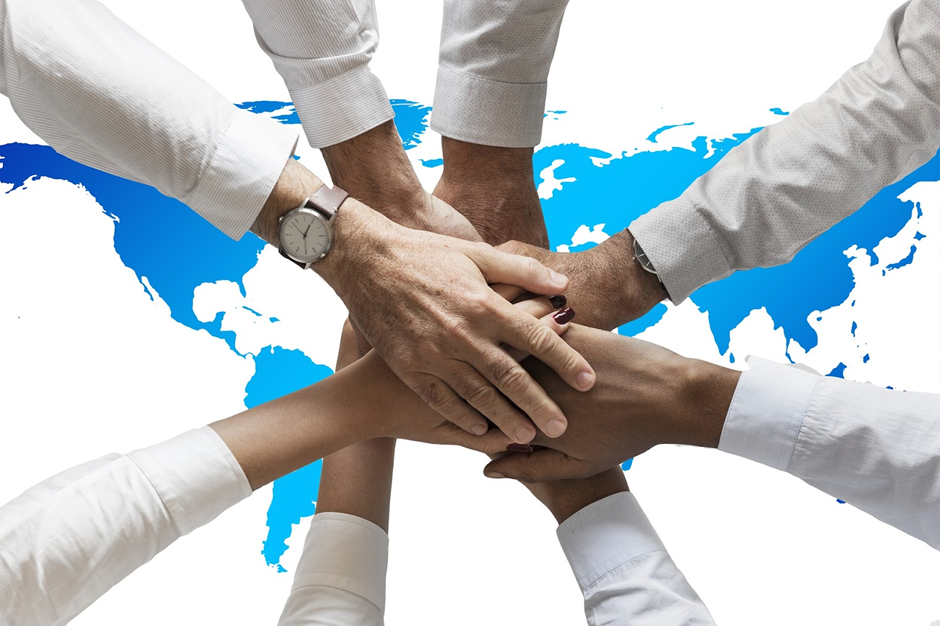Highlights
- The World Trade Organization’s (WTO) report carries significant aspects of the current scenario of global trade.
- This year’s report sheds light on the values inflicted by the interconnectedness of world trade in the present-day scenario.
- The interconnectedness of global trading offers both resilience and vulnerabilities.
The World Trade Organization (WTO) recently released a report on world trade. The report carries significant aspects of the current scenario of global trade. World trade is evolving each year, with better liberalisation, globalisation, and privatisation policies. And, this year’s report sheds light on the values inflicted by the interconnectedness of world trade in the present-day scenario.
Interconnected global trading
The report was published on November 16. It highlights how the current world trade is a double-edged sword. There are two sides of every coin. The same formula applies to rising globalisation. The interconnectedness of global trading offers both resilience and vulnerabilities.

Image source: Pixabay
GOOD READ: AUKUS: Australia signs crucial Nuclear Submarine Alliance with US & UK
The carnival of vulnerabilities and resilience
The World Trade Organization has pointed out the threats and benefits of global trade. For instance, because of hyper globalisation, spread of virus like the COVID-19 has become so easy. A small virus could spread all over the world within a couple of months. While, before globalisation, the same virus would have taken years to spread through across countries.
However, it is only through this interconnectedness, the world could fight the virus and come up with efficient mass vaccination programmes. The world economy has entered the recovery period, and it was made possible only through the present scenario of globalisation.
In short, today’s hyper connected global economy has made the world extremely vulnerable to both manmade and natural disasters. However, with rising innovation and cross border work, the world has become more determined and capable to fight any such disaster.

Image source: Pixabay
The most optimum approach
Several nations, including the US tried to become self-resilient in the earlier months of the pandemic. Countries are trying to become self-reliant in an attempt to become more stable in respect to sudden disasters.
However, economists suggest that following protectionist policies might not help economies to thrive in the long run. It will drive up the prices, and limited products would be there. Most importantly the innovation that comes out of interconnected trade across economies would be hindered.
Additionally, few economists have suggested that economies should rather adapt to a more hybrid system of trade. The more diversified the trading partners are, the lesser loss there will be in case of emergencies. Additionally, a combination of self-sufficiency and international reliance is an optimum way to move ahead.
ALSO READ: Can Australia lead the global race to renewable energy transition?
Bottom line
There are additional problems like rising inequality, increasing economic fragility, growing political uncertainty and geopolitical tensions. Thus, the economies across the world need to build a hybrid system of trade so that it can help the society battle such problems.



